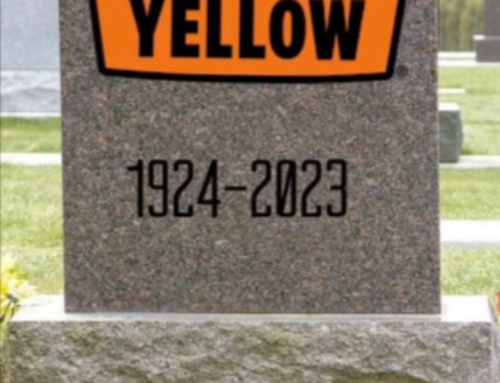“What gets measured gets managed.” Peter Drucker wrote these words in 1954, in his classic book, “The Practice of Management.” Are these words still relevant today? Particularly at a time when the Internet has compressed the pace of change, are old management ideas still applicable?
In my opinion, the answer is yes. But don’t just take my word for it. How about John Doerr, the Chairman at venture capital legend Kleiner Perkins? Or Larry Page and Sergey Brin, the co-founders of the second-most-valuable company in the world, Google?
These leaders learned a system from Andy Grove, arguably the most important leader in the history of Silicon Valley. As CEO of Intel, Grove implemented a style of management based on objectives and key results. He formalized this system into something called OKRs. And when a young engineer named John Doerr came to work at Intel, he decided to apply that system in his next ventures.
Thus was born OKRs: objectives and key results. Today, some of the most valuable, important, and high-growth companies in the world swear by them. Doerr recently wrote a book, Measure What Matters, to share this insight.
In my company, at Cambridge Capital, we’ve looked for ways to create more accountability and alignment around our goals. OKRs are one tool for doing so. With that spirit in mind, I’m sharing with you a presentation that summarizes how OKRs work, and how we use them. See OKRS: Objectives and Key Results, by Benjamin Gordon.
A few key points:
A Brief History of OKRs
Andy Grove, considered to be one of the best managers of all time, created Objectives and Key Results (OKRs). He used the process while he was Director of Engineering, and later CEO at Intel. His objective was to build a system that wouldn’t stifle innovation but would have everyone working towards a common goal.
John Doerr learned Grove’s system first hand during his time at Intel. He then applied and adapted it while he was a partner at Kleiner Perkins. Doerr notably transformed the system to include a feedback loop. Doerr is considered the primary driver of the proliferation of the system, as he taught the methodology to Kleiner’s portfolio companies.
Sergey Brin and Larry Page adopted the system after learning about it from John Doerr. Google is one of the best examples of how to adapt and use an organizational OKR system. Google formalized the practice and uses it to lead all 85,000+ staff members. Today, every member of Google sets personal OKRs. In fact, everyone can see all OKRs at a personal and organizational level.
What are OKRs?
Objectives and Key Results (OKR) are a popular leadership process for setting, communicating and monitoring goals and results in organizations. The goal of OKRs is to connect company, team and personal objectives in a hierarchical way to measurable results, making all employees work together in one unified direction.
A key part of OKRs is making sure each individual knows what’s expected of her. OKRs are kept public in front of everyone, so people move towards the same goals and know what others are focusing on.
OKRs consist of a list of 3-5 high-level objectives. Under each objective, usually 3-5 key measurable key results (KRs) are listed. Each key result has a progress indicator or score of 0-100% that shows its achievement. Usually OKRs are part of a recurring quarterly planning and progress review process. While majority of OKR usage is quarterly, some companies also set annual or monthly OKRs.
Advantages of OKRs
OKRs can confer four key advantages to companies and people that use them.
- Clarity. The process of setting OKRs and working towards them means that everyone in the organization knows exactly what we are working towards, and how their actions feed into that. This means that there are no “black box” floors/teams and everyone has an understanding of how they play into the larger picture and why their day to day actions matter. OKRs ensure that no two people are working in different directions because goals are clearly defined.
- Collaboration. One of the primary benefits of OKRs is the ability to link and connect from the bottom up. Once organizational level objectives are set individuals and teams set their personal OKRs to help achieve what needs to be done. Those leading an OKR can request the resources they need from others quickly. Additionally, If you’re unsure about how to tackle a personal objective feedback is readily available. Conversely, if you think an objective can be improved, you can provide that feedback regardless of title. This system promotes meritocracy above all else.
- Accountability. Because OKRs are headed up by one person it is much easier to quickly gauge progress and diagnose where things have gone wrong (in the event that they do). This does not mean punitive measures. OKR accountability is more about learning from the process and moving on.
- Flexibility. At the end of the day, you decide what you think is the best way to tackle an objective. You set the key results (with feedback from the team) and take ownership of the process. This is why so many tech firms use this process. Technology companies’ work is complex and dynamic. You need to have the flexibility to achieve objectives through your own creative process.
For more information, including examples of the OKR process at work, please see this presentation. You can also watch the Doerr Ted Talk here.
If you have other ideas or suggestions for how to use OKRs in your business or elsewhere, please send me a message at Cambridge Capital, Benjamin Gordon LinkedIn or Benjamin Gordon Twitter. I would welcome your feedback!









